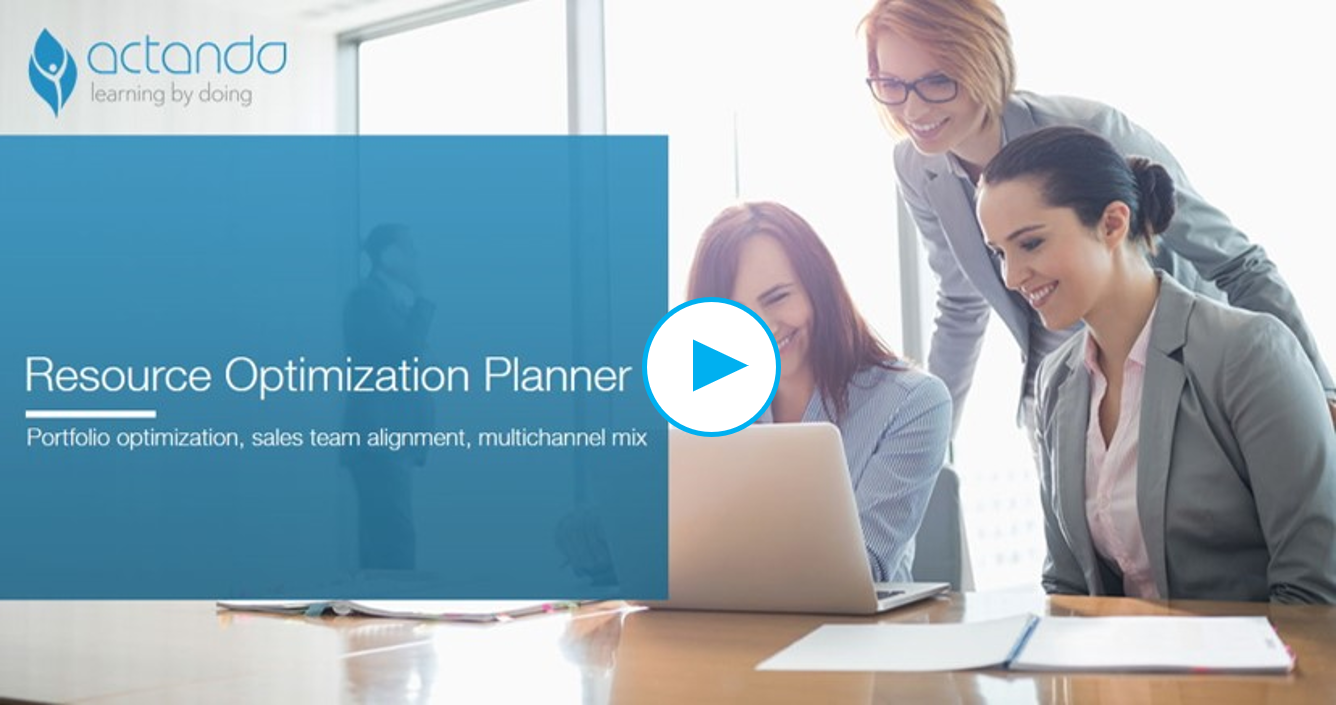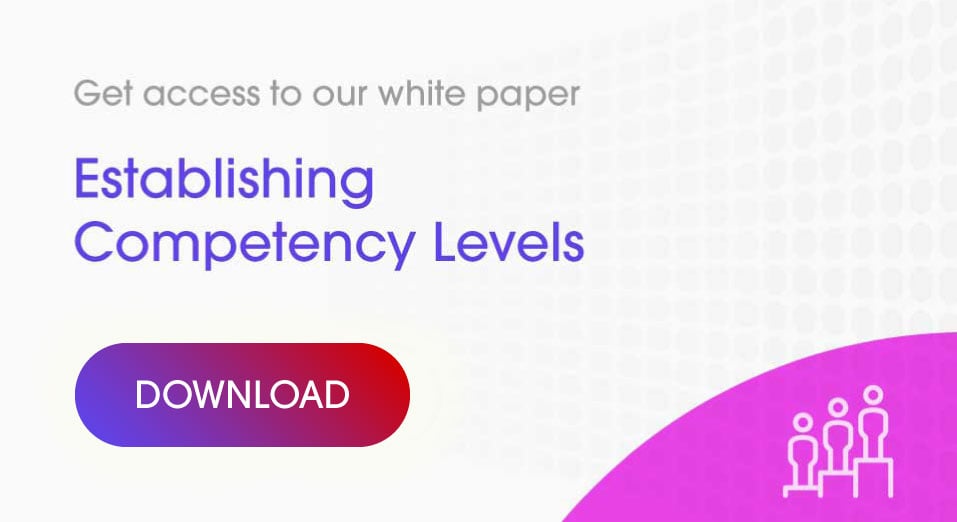As late as or as early as 2012, FirstWord were discussing the process and methodology that was synonymous with Salesforce Effectiveness, i.e. salesforce structure and sizing. As our marketplace changes began to accelerate, new customer expectations emerged, with the adoption of new technologies, on various devices in everyone’s pocket. It was clear something had to change. Back then, FirstWord claimed fewer than 25% of the big pharma companies were making the changes needed to meet market demands, and they predicted many companies were going to be left behind.
Back in 2016, Actando wrote in a blog, that optimising product and people could be tricky in this new environment. Well, it keeps getting trickier. As digital channels continued to ramp up, digital channels became the standard expected in all offerings. Many pharma companies are now showing a renewed vigour for re-assessing their salesforce structure and size, including the consideration of the new digital channels within the mix of promotional activities.
Evolution
An evolution occurred and concluded during the above mentioned space of time. We find ourselves still retaining a large salesforce in a lot of markets, albeit we had predicted we would not need them by this time. While the representative job profile still requires some ongoing refinement, what we now have is a physical and digital ‘mash up’ – a much broader channel mix, in which the human channel (i.e. the salesforce) still plays an important role.
Digital marketing is ‘marketing’ and multichannel marketing often includes the human channel. This is of course a conditional statement. It is only relevant if you know ‘why’, ‘how’ and ‘what’ you want to achieve with the devised multichannel mix. So, salesforce structure and sizing matters even more than before, either because we have a smaller salesforce and because the human channel still remains the most expensive channel. Underutilisation or misalignment to the market and portfolio needs, means you are wasting money that could be spent on other more effective channels.
Questions We Ask
- How many sales people are needed?
- What types of sales people are needed, to service the target customer types?
- How should sales people be allocated across territories?
- How and why should sales people be allocated within the optimized channel mix?
- What will the ROI be with extra representatives?
Once we have identified our target segments, you want to reach them in an effective way and achieve a shift in behavior (in the right direction). An optimal frequency of all touch points is required. Easily said and harder to achieve - the salesforce is not easily moved around, expanded or reduced. So this will require a portfolio analysis, and consideration from a few different perspectives.
Different Methodologies Available
Share of Voice (SOV) – this is often a starting point. By using the desired calls per day per representative based on your competitors and SOV benchmarks, with the expected number of days on territory, across the number of A, B, C customers to be serviced, you can estimate the number of representatives you will need.
Affordable coverage – using estimated sales per customer, estimate the number of representatives and calls you can afford.
Same As Last Year – when you have stable market and you completed a robust analysis in the not-to-distant-past, you can continue with the same structure and sizing.
Response to Promotion – these curves differ according to HCP specializations and are influenced by cultural differences too. Generally, the magic is in finding the right balance between a too high frequency (which can lead to overcalling syndrome) and a hardly maximized ROI (when frequency is “just right”).
Of course, you do not need to cover all customers. Like all markets in all industries, there is a point of concentration where the promotional effect is no-more-incremental-difference. Customer value differs and prescription is concentrated at the beginning of the curve, reminding the 80/20 Pareto rule. Using a concentration curve together with the optimal frequency per segment, you can easily compute the sizing and structure of the salesforce (in isolation of considering any other channels).
LEARN ABOUT ACTANDO SALES FORCE SIZING TOOL:
Carry Over Effect
Carryover describes the ongoing effect of our marketing investment (visits, emails, congress activities…) on sales revenue generated over time. It is the residual sales for one year after promotion ceases, for example, if a territory is vacant. There are 5 methods you could use to assess your carry over effect per product: Delphi; estimate from weighted parameters; vacant territories; brick ranking; and R-Squared
Carryover is specific to:
- market conditions,
- therapeutic areasand
- product lifecycle
It can range from low values of 50% in highly competitive markets to higher than current sales, for example values of 120-140%, but it must be a consideration when determining your salesforce structure and sizing in order to optimising your precious resources.
Types of Resources
There are many different sales roles of varying costs, in our new multichannel marketing world. For example:
- General Practitioner Sales Representative
- Specialist/Hospital Sales Representative – for more complex products and deeper clinical knowledge, are often a higher cost resource
- Telesales/Customer Service Representative
- Pharmacy Sales Representative
- Key Account Manager
The number of calls per day will vary by role and by market access potential.
Next Steps
When considering your salesforce structure, analyse and test different structures, usually skip the low priority products. Build different scenarios to test your hypotheses. This is not a once off process – it needs to be revisited as you move through the process of optimization and gain more insights. At some point, you also need to test your scenarios against the financial P&L and ROI.
This is where Actando comes in: helping you use the tools we have available to solve your main optimization issues:
- Do I have the right number of the reps in the proper sales team structure?
- How many people do we need in future?
- What products should we promote?
- In which way?
- How can I compute P&L forecasts per product or per sales team?
This results in comprehensive scenarios backed by data analysis; identifying the optimal sales force size and structure to promote the combination of products that brings the most value to your company and your customers.
Customers stay longer than representatives – build your optimisation around your customers and their preferred channels.
Article Contributor: Vladislav Urda, Senior Principal
 ---
---
If you are interested in our mobile learning solutions on digital channels, contact Actando.
The Actando Consulting Team




.jpg?width=850&name=shutterstock_189094745(1).jpg)



.jpg?width=850&name=shutterstock_1028968702(1).jpg)





